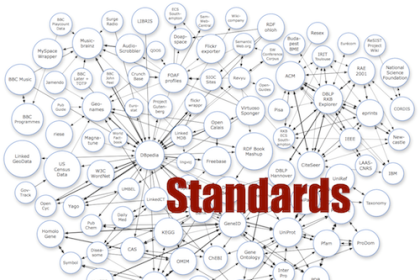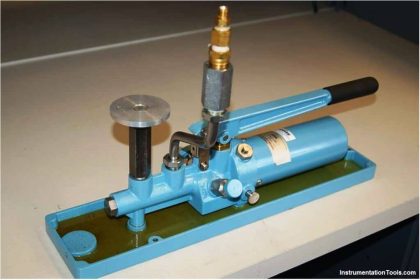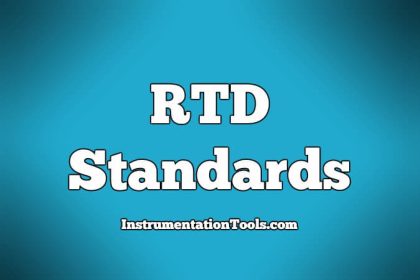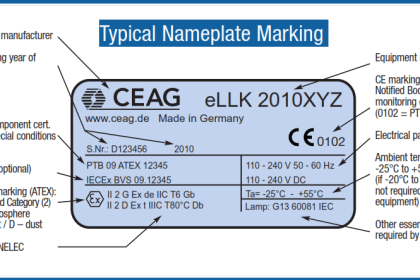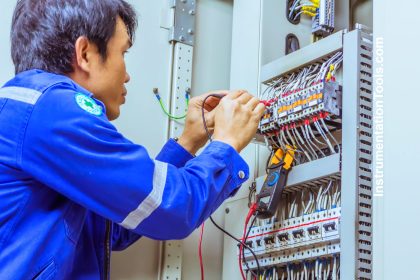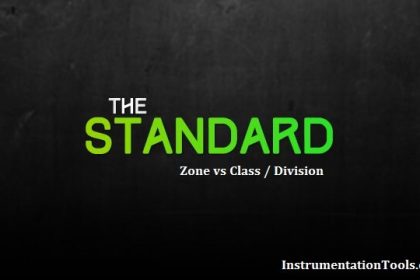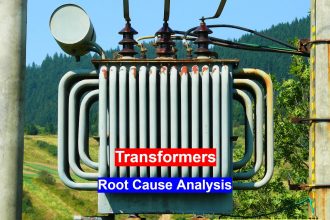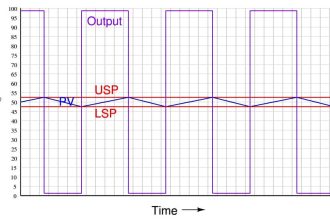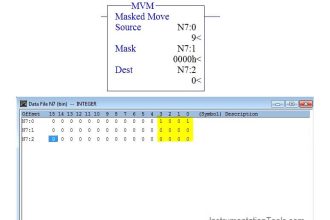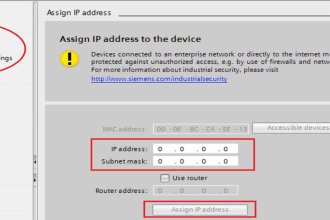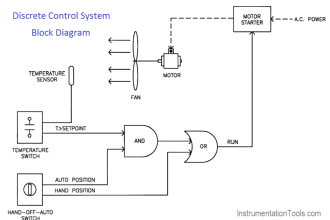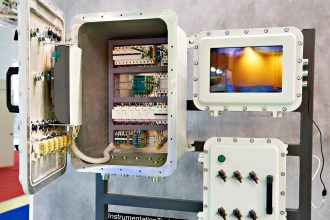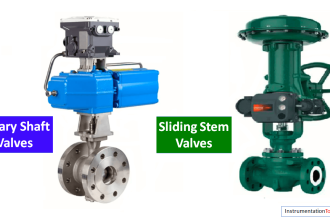What is Purging?
Purging/pressurization systems permit the safe operation of electrical/electronic equipment under hazardous conditions when approved hazardous location equipment is not part of the application or the equipment is rated but to a lesser hazardous location than is present.Purging is defined as a process of supplying a flow of clean air or an inert gas to the inside of an enclosure or motor to reduce hazardous internal airborne impurities to an acceptable safe level.
Which are the standards which describe the Purging Principals?
There are a few standards regarding purge and pressurization. Within North America these are:
• NFPA 70 – National Electrical Code, Article 500
• NFPA 496 – Purged and Pressurized Enclosures for Electrical Equipment 1996 Edition
• ISA 12.4-1996 — Pressurized Enclosures
• UL 698 – Industrial Control Equipment for use in Hazardous Locations, Class I, Gr. A, B, C, D and Class II, Gr. E, F, G
• CSA C22.1 Part 1 – Canadian Electrical Code
In Europe the following standards are to be considered:
• IEC 79-2
• EN 50016
What are the various types of Purge/Pressurization?
Purging of enclosures is not required before pressurization in some cases. For Class I, purging is required to remove flammable gases and vapors from the enclosure interior. Purging is not required for Class II although combustible materials must be manually removed before starting pressurization.
The standards differ between three types of pressurization:
• Type X – Reduces classification within the enclosure from Class I or II, Division 1 to non-hazardous.
• Type Y – Reduces classification within the enclosure from Class I, Division 1 to Class I, Division 2.
• Type Z – Reduces classification within the enclosure from Class I, Division 2 to non-hazardous.
Type X purge/pressurization
This type of pressurization is defined to reduce classification within the enclosure from Class I or II, Division 1 to non-hazardous. The internal equipment can be rated for general-purpose, non-hazardous locations. The purge/pressurization system and the electrical power source must be interlocked since a power failure to the pressure system and not the internal equipment could result in an explosion due to the continuous presence of a hazardous atmosphere in Division I areas. The enclosure or motor must exchange 4 or 10 volumes espectively before power can be applied for Class I timing systems. The internal pressure must be maintained at 0.10” or 0.50” H2O, depending on whether the external hazardous atmosphere is Class I or II.
Type Y purge/pressurization
This type is defined to reduce classification within the enclosure from Class I, Division 1 to Class I, Division 2. All internal protected equipment must be rated for Class I, Division 2 and an initial purge is required to ensure internal atmosphere is at a minimum, Division 2. The interlock between power system and the pressurization system is optional, but an audible alarm or visual indicators must be used to notify low pressure. The pressure must be maintained at 0.10”/0.50” H2O during the pressurization process.
Type Z purge/pressurization
Type Z is defined to reduce classification within the enclosure from Class I, Division 2 to non-hazardous. The internal equipment can be rated for general-purpose, non-hazardous locations. An initial purge is required to ensure internal atmosphere is non-hazardous. The interlock between power system and the pressurization is also optional, but an audible alarm or visual indicators must be used to notify low pressure. The pressure must be maintained at 0.10”/0.50” H2O during pressurization process.
Differences between X, Y, Z
For Type X and Z systems, the internal equipment can be rated as generalpurpose equipment, but Type Y systems, Division 2 rated equipment is to be used. The purging time for Type Y and Z is based on a measured inlet airflow rate to the enclosure. Type X purging time is based on a measured airflow rate to the outlet. The removal of power to the enclosure is not required on loss of pressure for Type Y and Z systems. Since a Type X systems may have non-hazardous rated internal equipment in a Division 1 area, an interlock between the power and pressurization system is required to cut off power to this internal equipment in case of lost internal pressure. Type X systems also require electronic timers for full automatic control. In principle it can be said that Type X systems are more costly than Type Y and Z systems.
Enclosure purging and pressurization
Purging and pressurizing systems is one of the most versatile explosion protection methods. These systems are based on the principle that in Zone 1 or 2, Division 1 or 2, the gas mixture in the ambient atmosphere, which may ignite under certain circumstances, is removed from the housing by an initial purge process. After the purge phase, sufficient compressed air or inert gas is supplied to compensate for leaks in the enclosure. This permanent overpressure, achieved using compressed air or inert gas, prevents any potentially explosive atmosphere in the ambient air from entering the enclosure.
During the rapid exchange purge phase, an internal pressure of approximately 3.5 – 12 mbar (1.3″ to 5.0″ Water Column) is achieved. During operation, this internal pressure reaches 0.6 – 3 mbar (0.3 to 1.2″ Water Column).
For applications in Zone 22/Class II (dust), the purge process is omitted because purging would raise explosive dust. Instead of pre-purging, the interior of the housing is inspected for dust and cleaned manually if dust is present.
The pressurizing system is particularly suitable for installed equipment that is not approved for use in hazardous areas. Once installed in a purge enclosure, it can then be used directly in the hazardous area.
Purge/pressurization vs. explosion-proof
Explosion-proof enclosures are well known for their size, weight, and price as a means of protection. Another disadvantage is they allow for the explosion to happen but contain it within itself, provided the bolts are ALL torque down properly.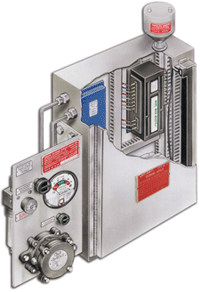
Purge/pressurization can take standard enclosures and make them safe for installation in hazardous areas as a means of protection, and, unlike explosion-proof, it does not allow for an explosion to occur.
The disadvantage of purge/pressurization enclosures is their operation requires a constant air or other inert source. Also, for very small enclosures such as instrument housings, there is a cost advantage in using explosion-proof, but in any enclosures over 1 cubic foot, purge/pressurization will have the advantage.
There are four primary factors that determine which purge system is appropriate for a particular application:
- Classification of the area
- Ratings of the equipment inside the enclosure. Is there a containment system within the enclosure that houses hazardous gas or liquid (gas analyzers)?
- Type of enclosure, enclosure size, position of doors, windows, and any accessories
- Power requirement to the equipment inside the enclosure
Area classification
The area classification determines the type of purge system needed. For Zone 1/Division 1 areas, the equipment inside the enclosure determines whether an Ex px/Type X system (equipment rated for general-purpose) or an Ex py/Type Y system (equipment rated for Division 2/Zone 2) can be used.
Equipment ratings
The rating on the equipment inside the enclosure becomes important in evaluating which purge system to use in a Zone 1/Division 1 area. If the Zone 1/Division 1 area contains at least one general-purpose component, an Ex px/Type X system is required. If all devices in the enclosure are rated for Zone 2/Division 2, then an Ex py/Type Y system can be used. Special conditions exist for enclosures such as gas analyzers and chromatographs that contain a flammable gas.
Another consideration is for analyzers that are taking in a hazardous gas or liquid, examining it, and then putting it back into the process. Because there is a potential for leakages of this hazardous material inside the enclosure, dilution or the use of inert gas may be required. Some conditions may require the Zone 2/Division 2 area to use an Ex px/Type X system because of the type of leakage.
Enclosure size
The size of the enclosure determines the size of the purge system. How the system is mounted depends on the position of doors, windows, and cable entrances.
The size of the enclosure is determined by the free volume within the enclosure. Normally, the equipment mounted inside the enclosure cannot be subtracted to the free volume. The volume of the enclosure is required in determining the purge time, which is based on 4 volume changes for N.A. standards and 5 volume changes for IEC and EN standards and the flow rate of protective gas through the enclosure. If a motor is being purged, then the requirement for N.A., IEC, and EN, standards is 10 volume changes. However, the stator of the motor can be subtracted to the free volume of the enclosure.
Power requirement
For Ex px/Type X systems, the control unit operates the power disconnect to the enclosure. If the power requirement for the enclosure exceeds the contact ratings on the control unit, a control relay must be added. If the control relay is located in the hazardous area, it must be rated for that hazardous location. If after purging pressure to the enclosure drops below the minimum required value, then the enclosure power must be disconnected and cannot be engaged until after a successful purge and enclosure is pressurized.
For Ex pz,py/Type Z,Y systems, power to the enclosure can remain on if an alarm is activated indicating loss of pressure. If an alarm is not used, then power to the enclosure must be disengaged.
Applications
Many applications are existing enclosures designed for safe areas that need to be placed in hazardous areas. They may already be installed in the plant or are getting ready to ship to a customer, only to find out that the area is hazardous. One method is explosion-proof. This means taking everything out of the general-purpose enclosure, sizing up an explosion-proof enclosure, waiting until it comes in with the proper conduit, feeding through explosion-proof controls on it, and then checking to see if it will fit in the desired/original position.
Also Read: Instrumentation Standards Questions & Answers
